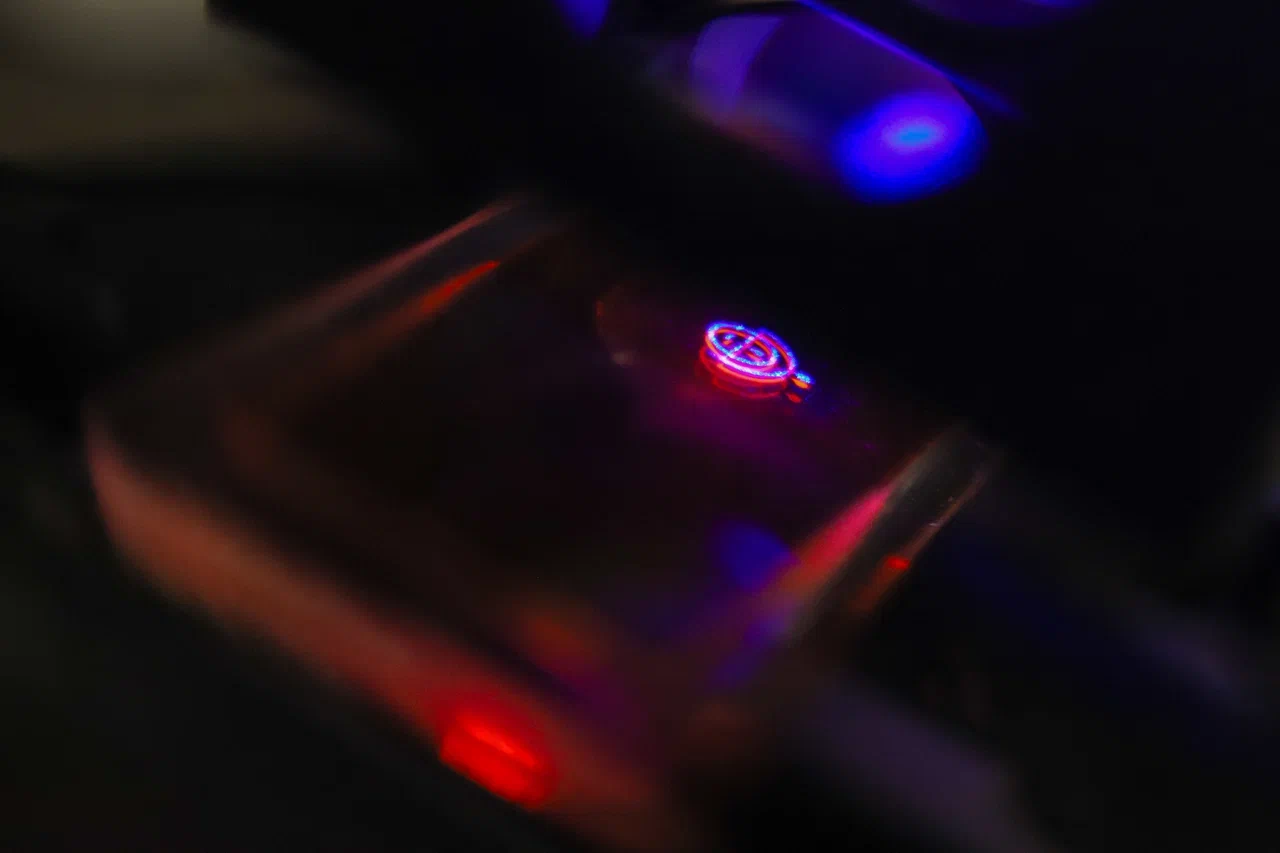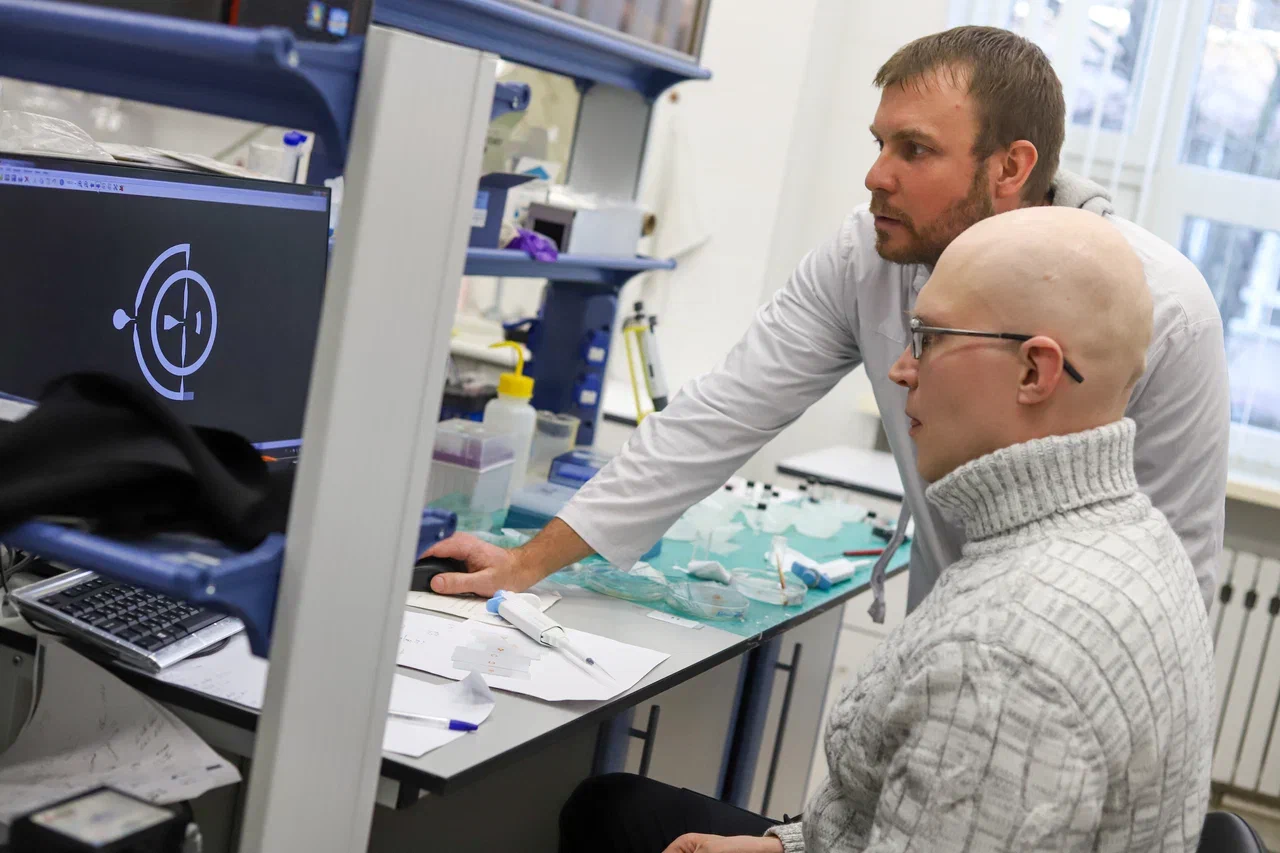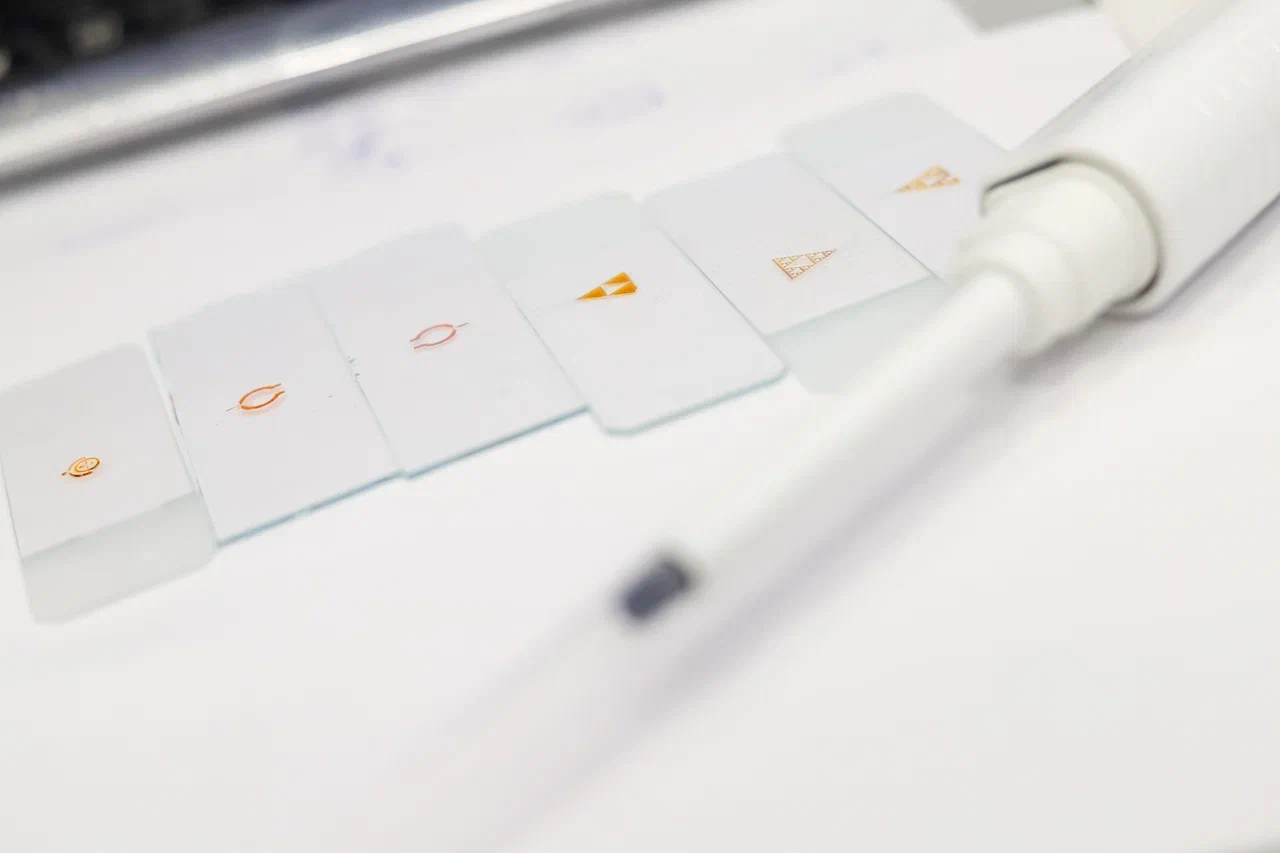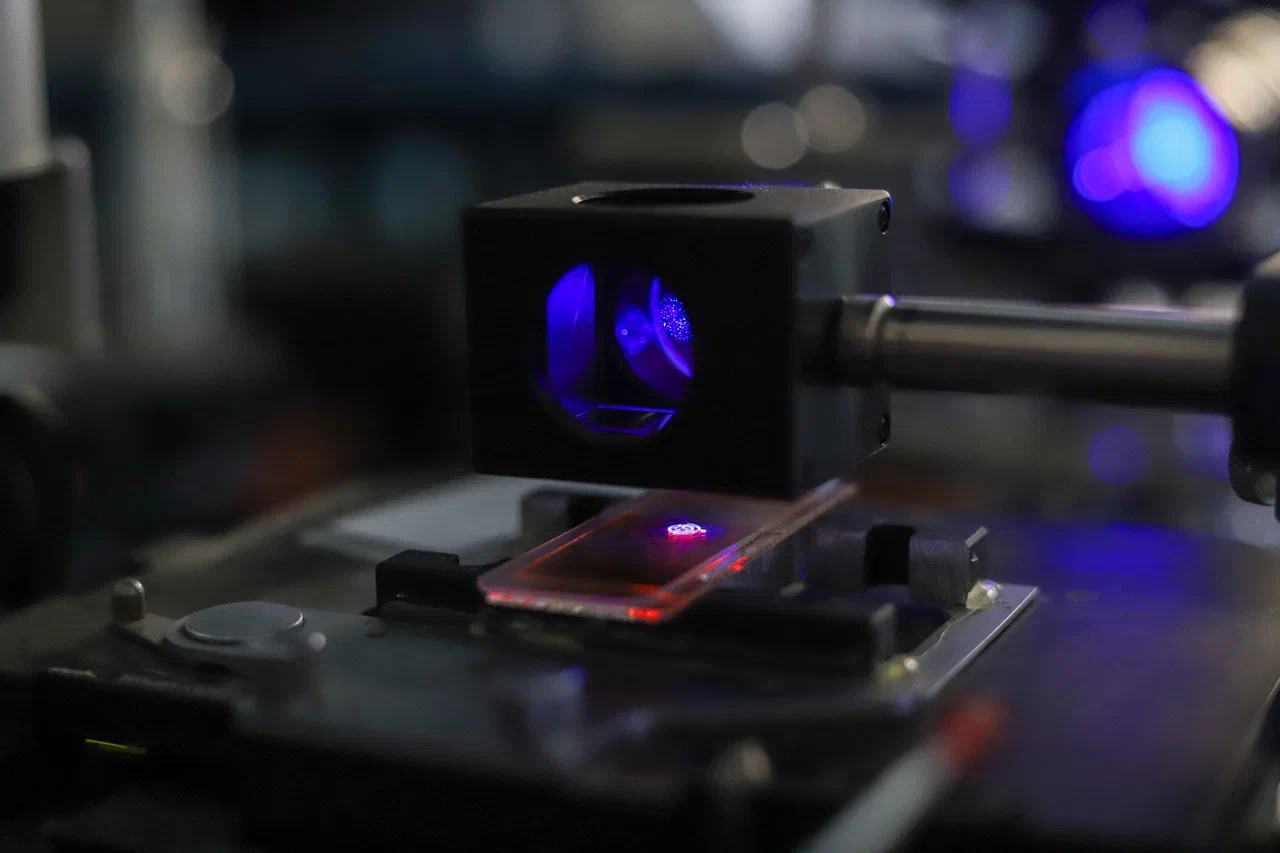Researchers at the IKBFU Centre for Applied Nonlinear Dynamics have developed a chemical chip capable of memorising and recognising rhythmic signals. The system is based on the interaction of Belousov-Zhabotinsky reaction (BZ) chemical waves and a special polymer with an embedded catalyst. The design is similar to that of a semiconductor chip; the transmission of signals through chemical wave guides resembles the way a nerve impulse travels along a living neuron.
Photoprinting technology is used in the creation of the device. A thin layer of photosensitive pregel is applied to a glass slide, which is then exposed to a light pattern created by a static photomask . Afterwards, the unpolymerised residue is removed, leaving a sort of integrated circuit. This process is similar to the photolithography used in the production of silicon microchips.
IKBFU scientists argue that more complex neuromorphic chemical chips will have the potential to perform computational tasks while remaining compact and energy efficient. According to the researchers, said innovation presents a promising path for the creation of soft polymer robots that could independently move, manipulate their surroundings and learn from data.

|

|

|
The project has been in development for more than five years. In 2020, the first experimental model of a neuromorphic device — an opto-chemical "neurocomputer" with adaptive behaviour — was created and tested at the Immanuel Kant Baltic Federal University. Scientists call the device a "chemical model of the brain". It consists of a network of tiny chemical oscillators that mimic the work of biological neurons. The disadvantage of the past design was the signal transmission system: it used a bulky computer-controlled setup that illuminated microreactors with photosensitive BZ response according to a specific algorithm. The device depended on both chemical and electrical energy sources and its minimum size was determined by the size of the controlling optical system.
| Ivan Proskurkin, Senior Research Fellow at the IKBFU Centre for Applied Nonlinear Dynamics: |
| We undertook an ambitious task — to abandon electrical energy and make our chemical device fully autonomous. We had to figure out how to replace optical impulses with chemical ones; how to set the necessary time delay for these impulses; how to make them propagate in one direction; how to adjust the excitability level of our "chemical neurons"; what material and what methods can be used to manufacture the device. |

To achieve unidirectional signal propagation along the chemical waveguide, researchers developed a special element — a chemical diode. The video shows how chemical waves, which are excited by touching the gel with a silver wire, propagate through the asymmetric junctions in one direction only. The researchers note that the proposed chemical diode design differs from other similar solutions in that the adjacent parts of the asymmetric junction contain different catalysts for the BZ reaction and, as a consequence, have different excitability thresholds. The results of experiments and computer modelling suggest that this approach significantly increases the diode reliability and service life.
|
|
|
User profile for student
User profile for student
I give consent to the processing of the personal data provided, with Personal Data Processing Policy acquainted
Confirm consent